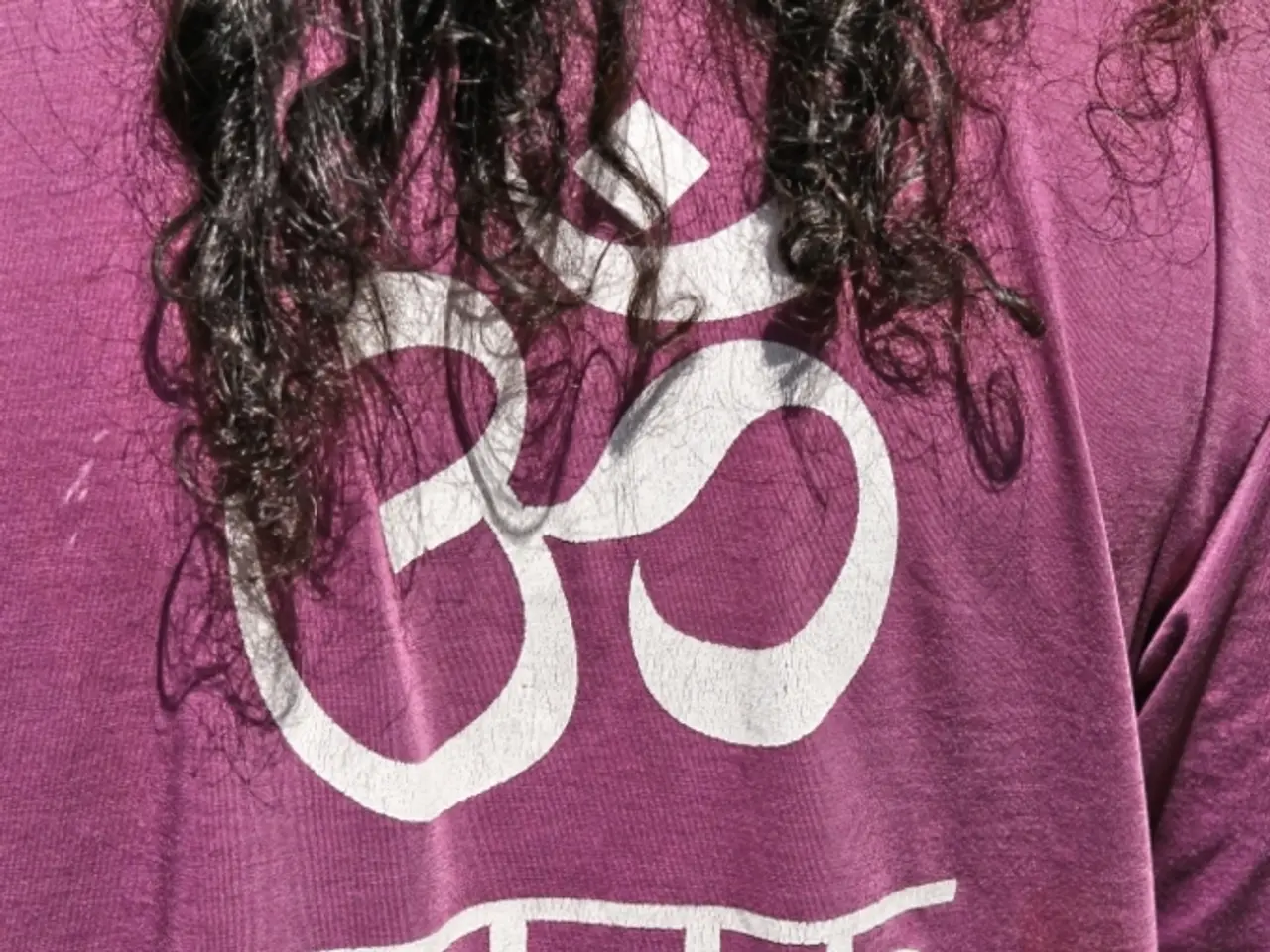TMJ relief through Gua Sha: Exploring advantages, methods, and more information
In the realm of alternative medicine, Gua Sha has emerged as a promising treatment option for Temporomandibular Joint (TMJ) disorder. This traditional East Asian healing technique, also known as "dredging meridian stagnation," is gaining traction in contemporary and Western medicine.
TMJ disorder is a form of musculoskeletal pain that affects the two joints connecting the jaw to the skull and the surrounding muscles. Symptoms include pain, restriction when moving the jaw, clicking or popping sounds, headaches, and ear disorders such as tinnitus.
The aim of Gua Sha is to create small wounds - petechiae - as the body will naturally alter the immune system to heal them beneficially. This process, also known as scraping the skin with a flat tool, increases circulation, reduces inflammation, and relieves musculoskeletal pain.
Research has found that each of the physical treatment methods mentioned, including Gua Sha, reduces pain and increases the range of motion for people with TMJ disorder. Other treatments for TMJ that are non-medicinal are considered the best methods. These include removing difficult-to-chew items from the diet, resting the jaw, applying a warm compress, and practicing facial stretches.
Gua Sha can relieve musculoskeletal pain by increasing the heme-oxygenase enzyme, enabling an immunomodulatory effect, increasing circulation, and reducing pain around neurological receptors. By breaking down muscle knots and tightness in the face, neck, and shoulders, Gua Sha can reduce the muscular component of TMJ pain.
Enhanced lymphatic flow from Gua Sha may help reduce localized swelling and support detoxification, which can be beneficial in chronic pain conditions including TMJ disorders. Improved circulation from Gua Sha scraping may accelerate tissue repair and reduce muscle stiffness associated with TMJ disorder.
Reduction of inflammation is another key benefit of Gua Sha. It has been shown to decrease inflammation, partly by increasing enzymes like heme-oxygenase that modulate inflammatory and nerve-related pain responses, potentially providing relief from TMJ pain.
Although direct clinical studies on Gua Sha specifically for TMJ disorder are limited, findings from related studies on chronic neck and musculoskeletal pain support these mechanisms. For example, Gua Sha has demonstrated longer-lasting anti-inflammatory effects and better pain relief compared to traditional heat therapy in chronic pain conditions.
In summary, Gua Sha is considered a promising complementary therapy for TMJ disorder symptom management due to its effects on circulation, inflammation reduction, muscle tension relief, and lymphatic drainage. However, more rigorous clinical trials are still needed to definitively establish its efficacy for TMJ symptoms.
It is important to note that Gua Sha should be performed by a professional for the most effective treatment. The scraping motion causes petechiae (red spots) within the middle layer of skin, and these should not be self-administered without proper training.
Gua Sha is increasingly popular for treating a range of conditions, including musculoskeletal disorders, and its potential benefits for TMJ disorder make it an exciting area of ongoing research.
- Gua Sha, a traditional East Asian healing technique, is gaining attention in dentistry and Western medicine for its potential to alleviate TMJ disorder, a form of musculoskeletal pain.
- The increase in circulation and reduction of inflammation caused by Gua Sha can provide relief from musculoskeletal pain, such as TMJ disorder, by breaking down muscle knots and reducing tightness.
- Improved lymphatic flow from Gua Sha may aid in reducing localized swelling and supporting detoxification, which can be advantageous in chronic pain conditions including TMJ disorders.
- Enhanced immune system response, due to the small wounds created during Gua Sha, can have beneficial effects on the body, reducing inflammation and improving tissue repair in TMJ disorder.
- In the health-and-wellness realm, Gua Sha is increasingly being used to treat a variety of conditions, owing to its potential benefits for musculoskeletal disorders, mental health, and nutritional support.
- Despite limited direct clinical studies on Gua Sha specifically for TMJ disorder, related studies on chronic neck and musculoskeletal pain suggest promising mechanisms for its use in TMJ symptom management.




